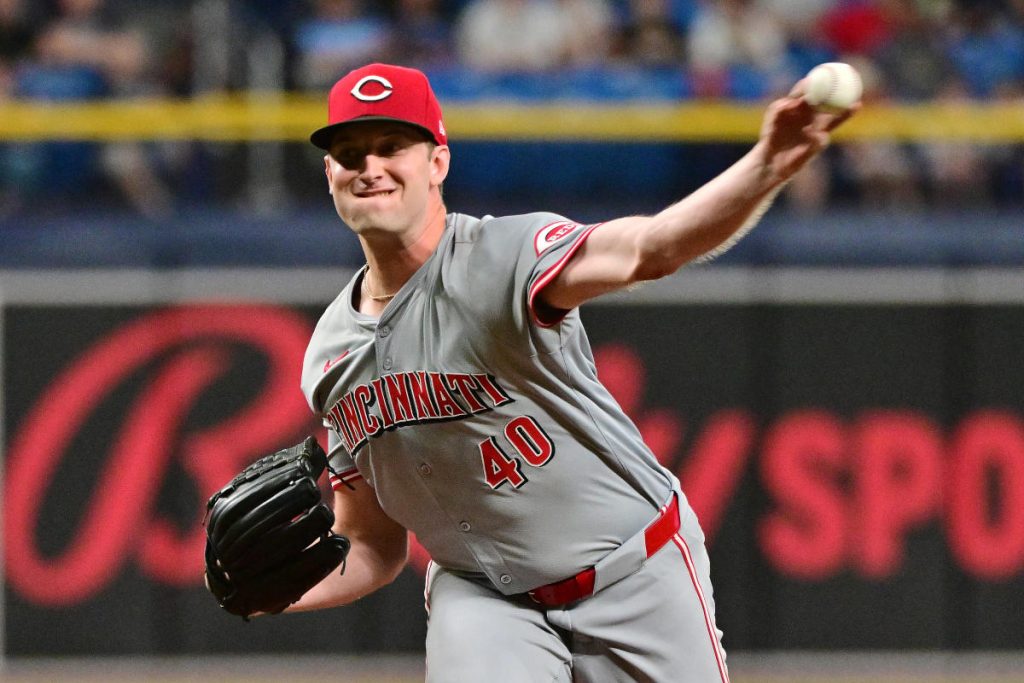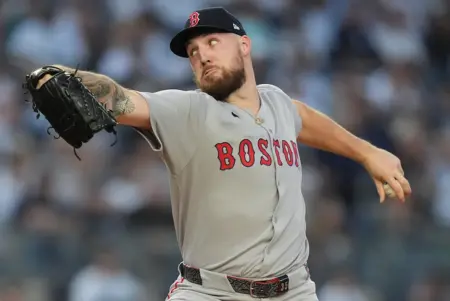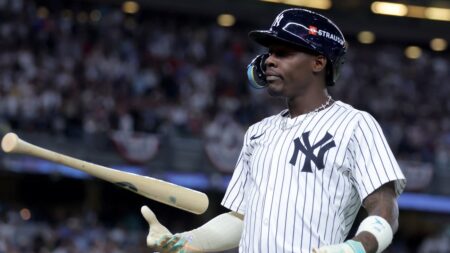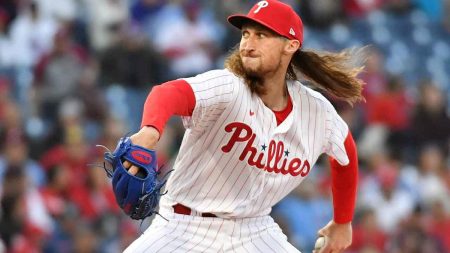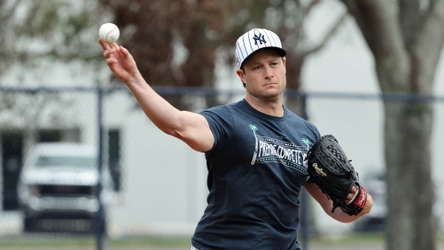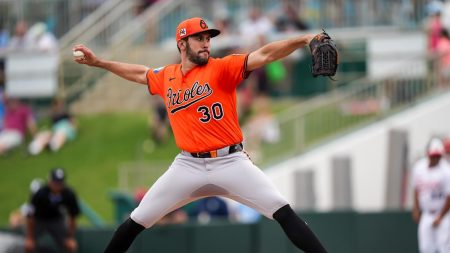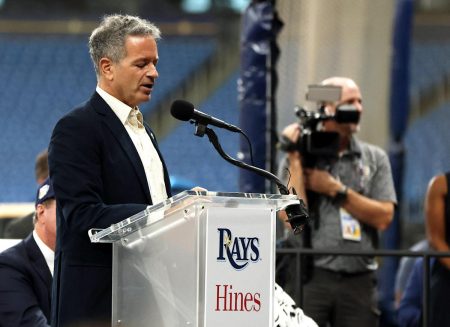Understanding Starting Pitcher Evaluation in Fantasy Baseball
When evaluating starting pitchers for fantasy baseball, it’s crucial to look beyond traditional metrics like ERA and focus on underlying skills and favorable situations. The era of pitchers logging 220+ innings and 300+ strikeouts is largely over, making it less common for a starting pitcher to justify a first-round pick. OOPSY projects only four pitchers to reach 200 innings in 2025, with none breaking 207.0. Similarly, THE BAT projects the season leader in innings at just 186.0 and the leader in strikeouts at 224. This shift in pitching dynamics means fantasy managers should be patient when drafting starting pitchers (SPs) and can be satisfied with 160 innings.
The Importance of Proactive Targets
Despite the challenges, starting pitching remains crucial to fantasy success, and the position offers opportunities to gain value. One such proactive target is Jacob deGrom of the Texas Rangers. DeGrom, a former ace, has been limited to under 100.0 innings since 2019 and is now 36 years old. However, his recent return from Tommy John surgery showed a dominant 29.5 K-BB% and 33.1% CSW, which would have led the league. His career statistics since 2018, including a 2.07 ERA, 0.87 WHIP, and 30.5 K-BB%, all lead MLB starters by a wide margin. If fully recovered, deGrom can still make a significant impact, even if he’s limited to 100 innings, and he has the potential to win the Cy Young if he reaches 175 innings.
Another proactive target is Spencer Schwellenbach of the Atlanta Braves. Schwellenbach, a second-round draft pick, has shown top-prospect potential since returning from Tommy John surgery in 2022. He posted a 2.73 ERA and a 0.97 WHIP with a 23.3 K-BB% in the second half of last season, ranking him fifth overall. Schwellenbach benefits from the Braves’ strong run support and a favorable park environment. Despite his SP29 ranking in early expert consensus, he is a top-15 starter on many boards.
Identifying Value and Sleeper Targets
Finding value in later rounds can be a game-changer. Brandon Pfaadt of the Arizona Diamondbacks is a prime example. Despite a 4.71 ERA last season, his 3.65 SIERA ranked No. 21, ahead of new teammate Corbin Burnes. Pfaadt’s LOB% (64.5) was one of the lowest, suggesting regression is likely in 2025. After the All-Star break, Pfaadt pitched like an ace, with a 22.1 K-BB% and a 29.4% CSW. While Chase Field is a slightly favorable hitter’s park, it has decreased home runs by 14% over the past three seasons. Pfaadt is currently the SP57 in early rankings but is a top-40 SP on many boards.
Nick Lodolo of the Cincinnati Reds is another sleeper candidate. He was 8-2 with a 2.76 ERA and a 1.01 WHIP before a finger injury derailed his season. After returning, his performance dropped, but his career 4.52 ERA comes with a 3.53 SIERA. Great American Ballpark is a challenge, but his LOB% should regress, and his elite stuff, especially his curveball, gives him top-20 starter upside. Lodolo is the SP67 in early rankings but should be drafted much higher.
Spencer Arrighetti of the Houston Astros is another hidden gem. As a rookie, he posted a 4.53 ERA but had a 3.93 SIERA. He struck out 11 or more batters three times over a five-start stretch in August and posted a 3.18 ERA and 1.17 WHIP after the All-Star break. His elite extension and four pitches with a 10%+ SwStr% make him a top-50 starter on many boards, but he is currently the SP69 in early rankings.
Potential Fades to Avoid
While some starters offer significant value, others come with red flags. Roki Sasaki of the Los Angeles Dodgers, despite his tremendous upside, has a precarious health history. His workload has never exceeded 130 innings, and his K/BB rate fell from 7.94 in 2022 to 4.03 in his final year in Japan. His health and workload limitations make him a risky pick, and his ADP is likely too high.
Hunter Greene of the Cincinnati Reds is another player to approach with caution. While his 2.75 ERA in 2024 was impressive, his 3.81 SIERA and .237 BABIP were much less favorable. Great American Ballpark has increased home runs by 28% over the past three seasons, which could negatively impact his performance. Greene has legit stuff, but the park and his injury history make him a fade candidate, despite his current inflated ADP.
Strategic Drafting for Success
In the 2025 fantasy baseball season, patience and strategic drafting are key. Targeting starting pitchers with high K-BB% and CSW, and favorable situations, can yield significant returns. Proactive targets like Jacob deGrom and Spencer Schwellenbach offer elite potential, while value and sleeper targets like Brandon Pfaadt, Nick Lodolo, and Spencer Arrighetti provide strong late-round value. Conversely, players like Roki Sasaki and Hunter Greene come with significant risks and should be avoided. By focusing on skills and favorable conditions, fantasy managers can navigate the starting pitcher landscape effectively and gain a competitive edge.

